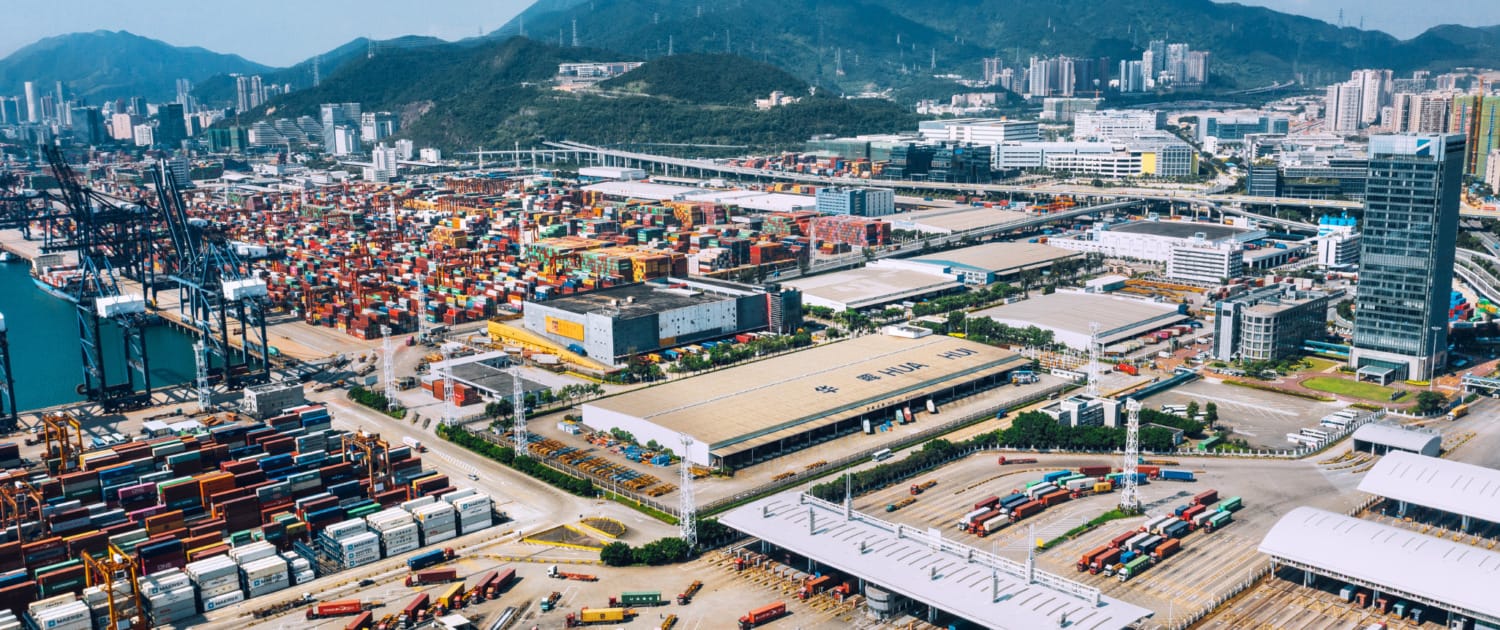Manufacturing executives often assume that domestic production guarantees faster delivery. The logic appears sound: eliminate ocean shipping, coordinate in the same time zone, and products will reach customers sooner. However, this assumption frequently proves incorrect when examined against modern supply chain realities. The issue isn’t domestic manufacturing capability, but rather how global supply networks have evolved to favor integration over geographic proximity.
The Global Component Reality
A common misconception is that domestic manufacturing is inherently disconnected from global supply chains. According to an American Enterprise Institute analysis, over half of all U.S. imports are intermediate components or raw materials sold as inputs to domestic businesses rather than finished consumer goods. This means domestic manufacturers frequently depend on the same global supply chains that offshore manufacturers use, just with an additional step in the process.
Consider the automotive industry. A U.S.-based manufacturer building a car’s infotainment system still needs semiconductors, displays, and specialized sensors from global suppliers. The U.S. assembly plant’s lead time is determined by the arrival of these imported components, which often face the same procurement and shipping challenges as components destined for an offshore facility. Companies like La-Z-Boy have experienced this firsthand; during recent supply chain disruptions, their domestic assembly operations still faced lead times stretching to seven months due to a reliance on globally sourced materials. This is precisely why conducting thorough supplier due diligence becomes critical for any manufacturing strategy.
The Power of Integrated Ecosystems
The longest delays in manufacturing often occur during component procurement, not final assembly or shipping. This is where integrated manufacturing ecosystems demonstrate a significant advantage. When component suppliers, assembly facilities, and logistics providers operate in close proximity, production cycles accelerate significantly. In regions like the Yangtze River Delta, a vast network of suppliers—from plastic injection molders to electronics manufacturers—are concentrated within a few hours of each other.
This geographic concentration fosters efficiency by creating a powerful network of interconnected businesses. Short distances between suppliers and assembly facilities eliminate transportation delays between production steps, and engineers can coordinate solutions within hours rather than days across time zones. Furthermore, these clusters often have advanced manufacturing quality control solutions that are streamlined across the entire supply chain, reducing delays from testing and certification.
Offshore manufacturing partners with established supplier relationships source components within these integrated networks, complete assembly, and ship finished products. Despite longer shipping distances for finished goods, total delivery time often matches or beats domestic alternatives that must coordinate globally sourced components through multiple international relationships. The advantage comes from established supplier relationships, integrated quality systems, and coordinated production planning across multiple suppliers.
Making Informed Sourcing Decisions
Choosing a manufacturing partner requires an objective evaluation of total system capabilities. The most successful lead time reduction techniques are those that focus on optimizing the entire supply chain, not just the final shipping leg. By making a decision based on a product’s specific requirements—such as complexity, volume, and supply chain maturity—executives can find the most efficient path from raw materials to customers. Working with an experienced China manufacturing consultant can help evaluate these variables and identify the optimal manufacturing partner for your specific needs. This approach positions manufacturing location as a strategic variable rather than a simple geographic assumption.
Modern manufacturing operates within globally integrated systems where components cross borders regardless of final assembly location. Companies that recognize this complexity and evaluate partners based on total system performance often achieve better lead time results and more predictable delivery schedules.
Contact Us







Follow Us